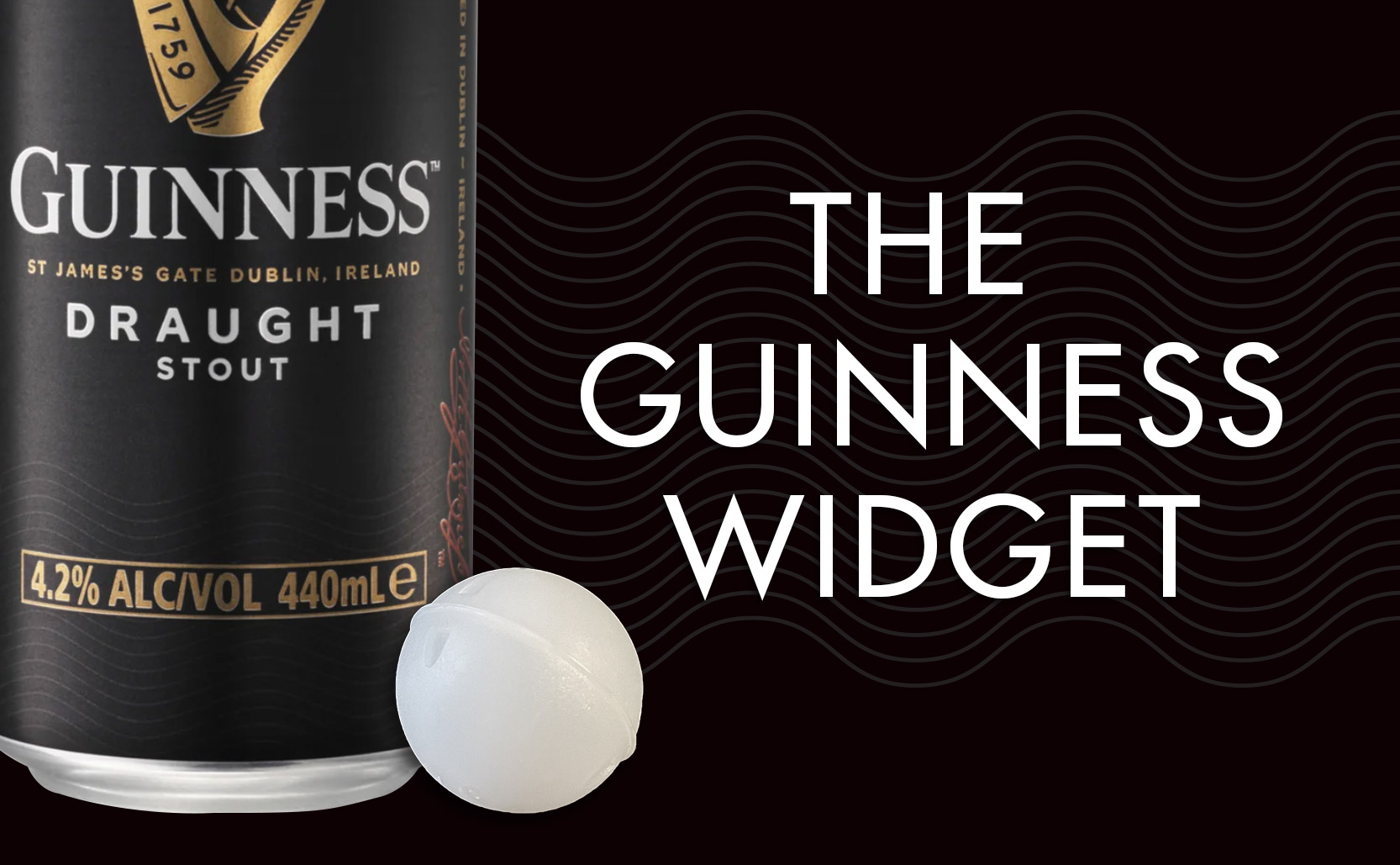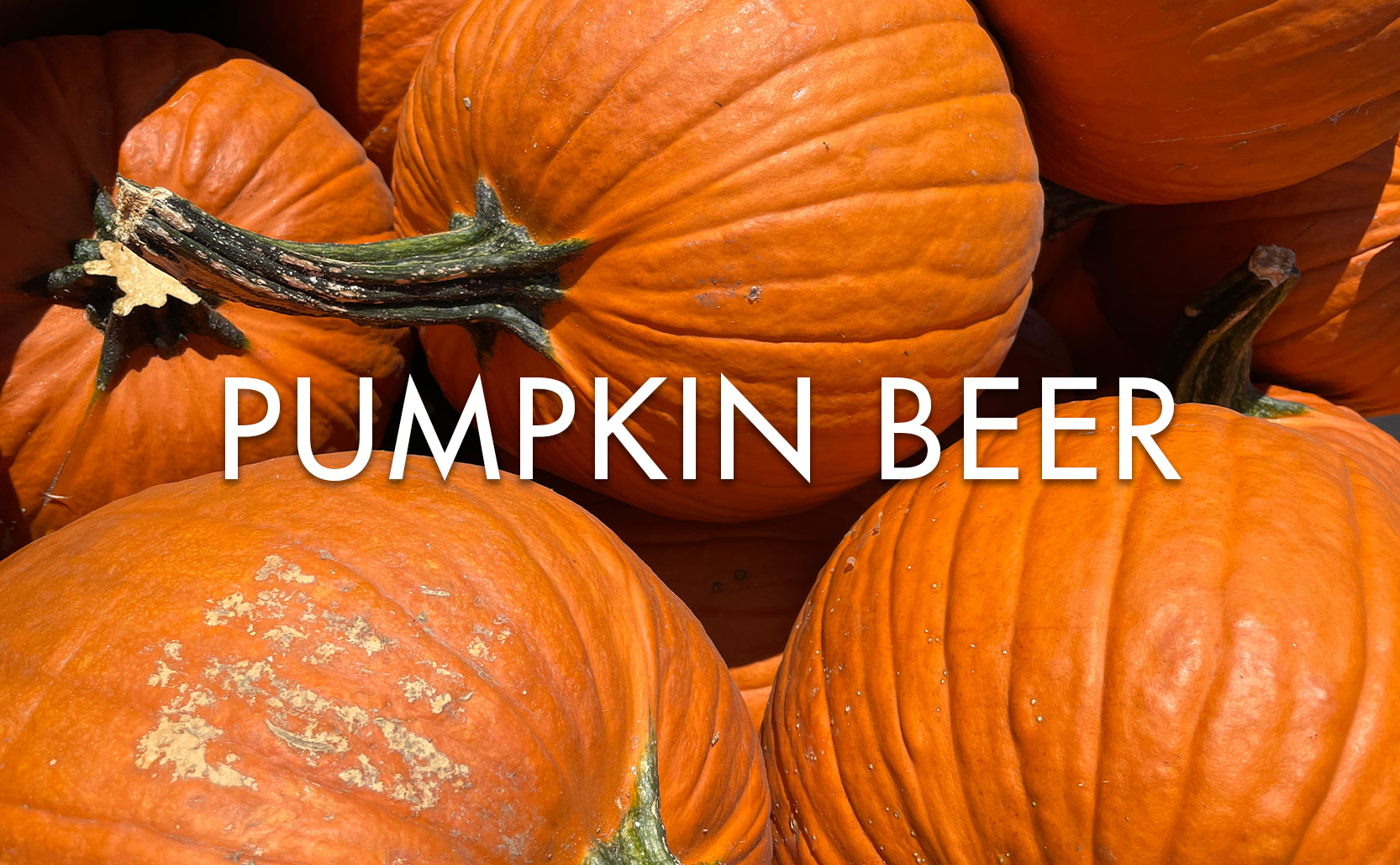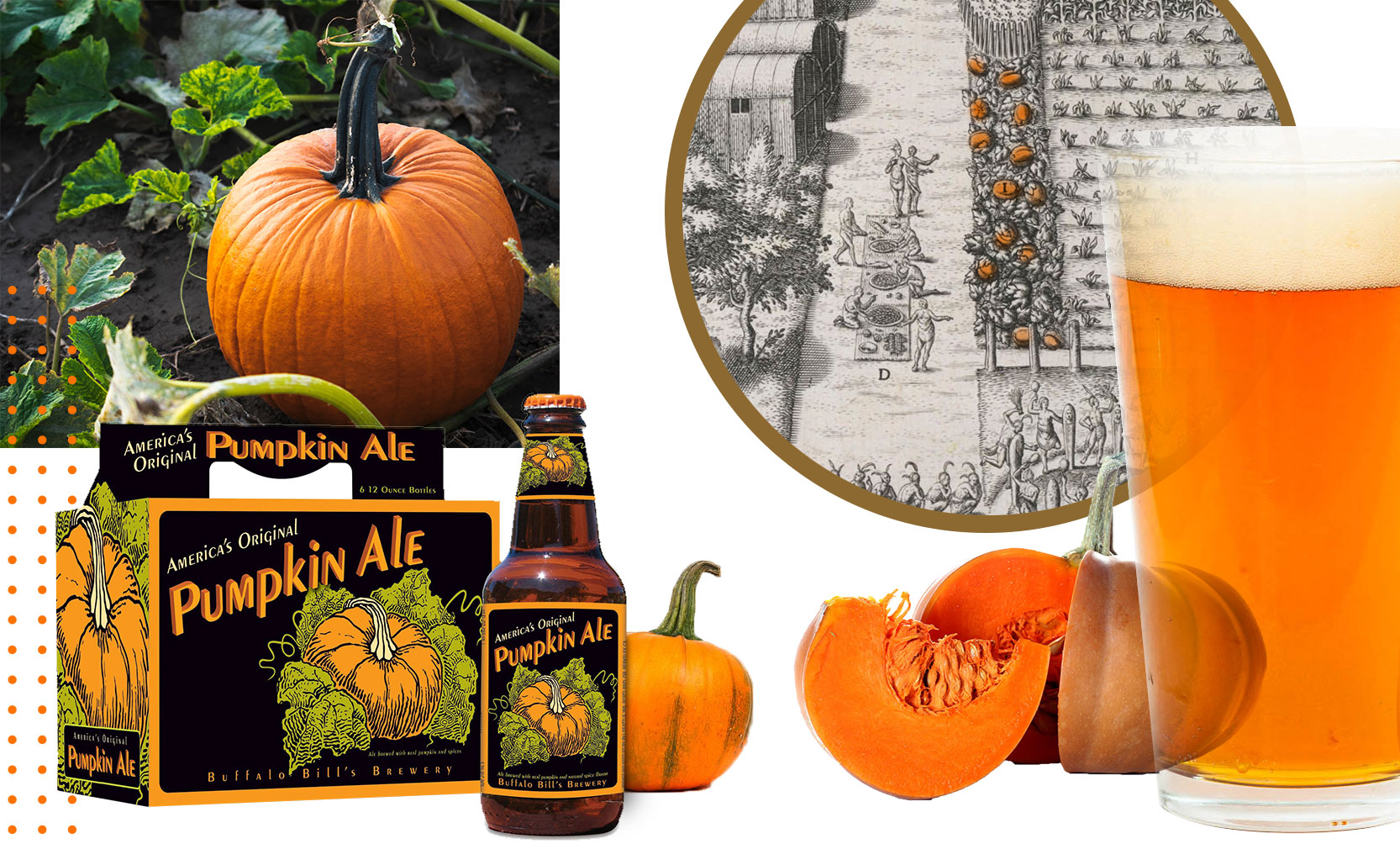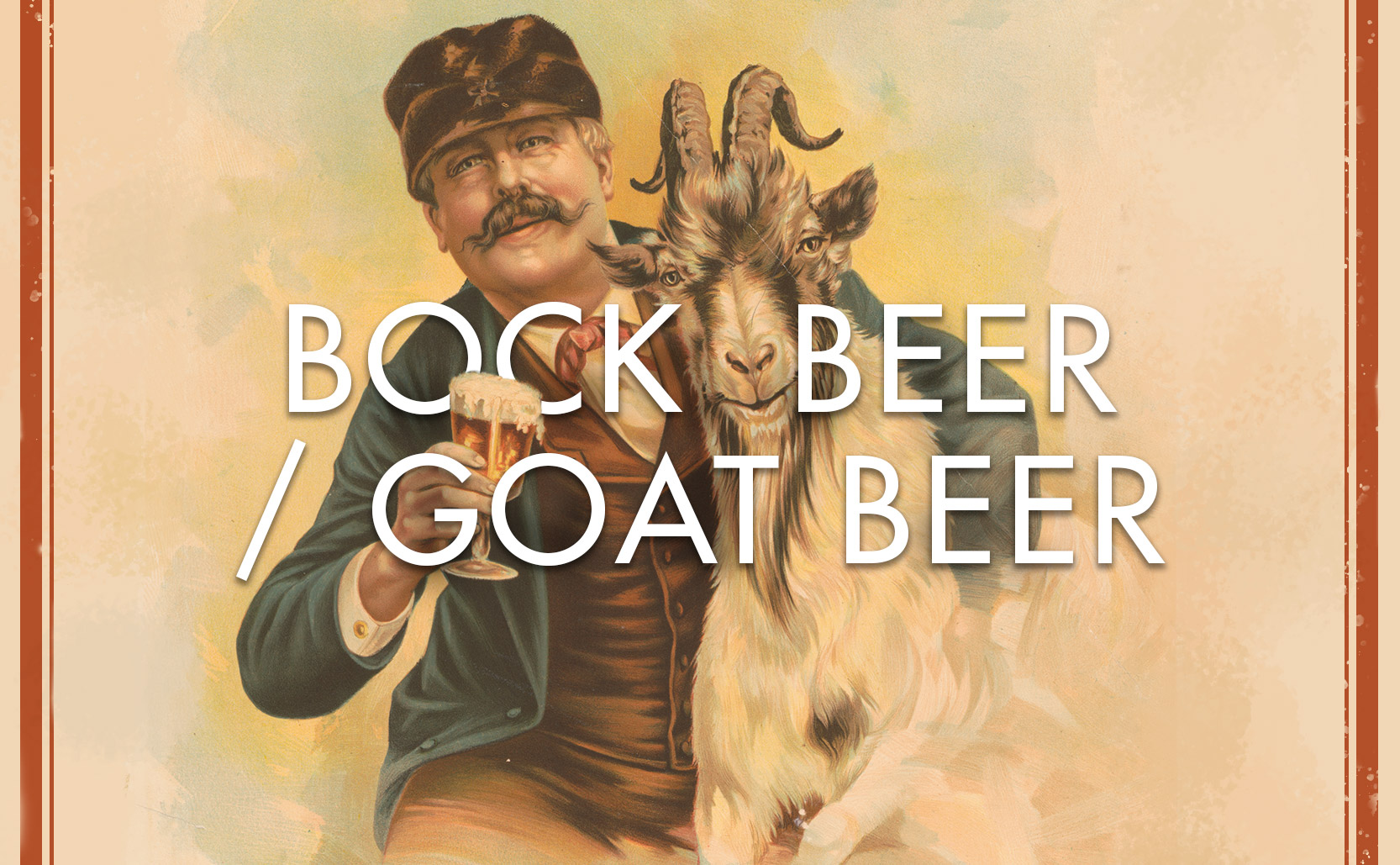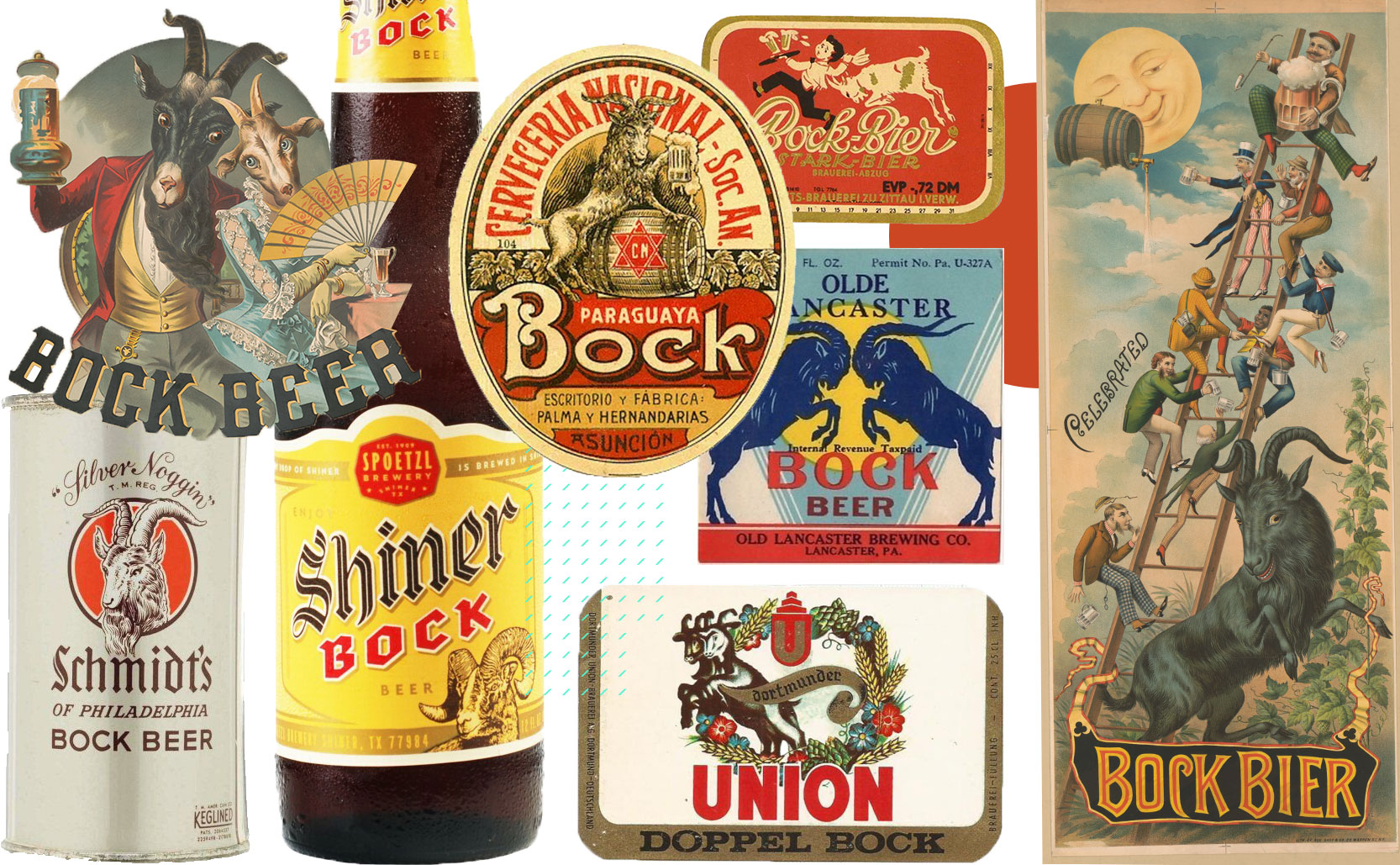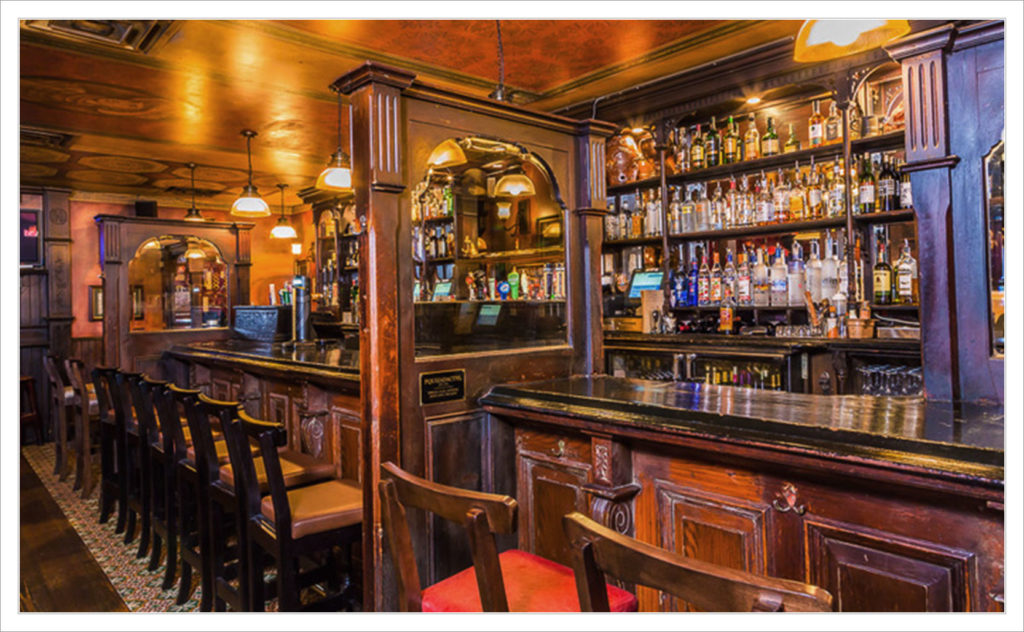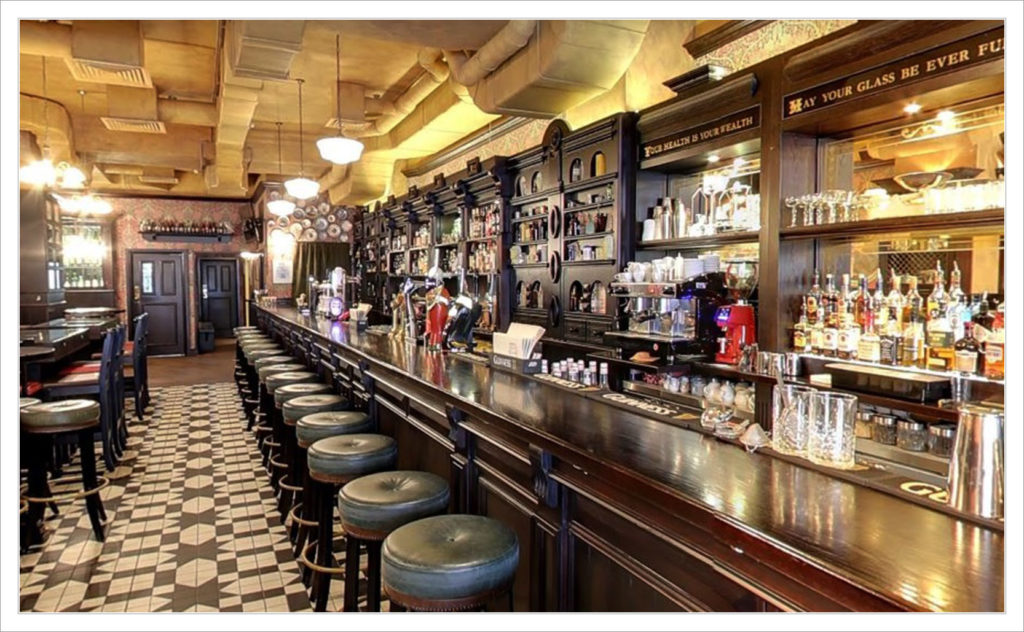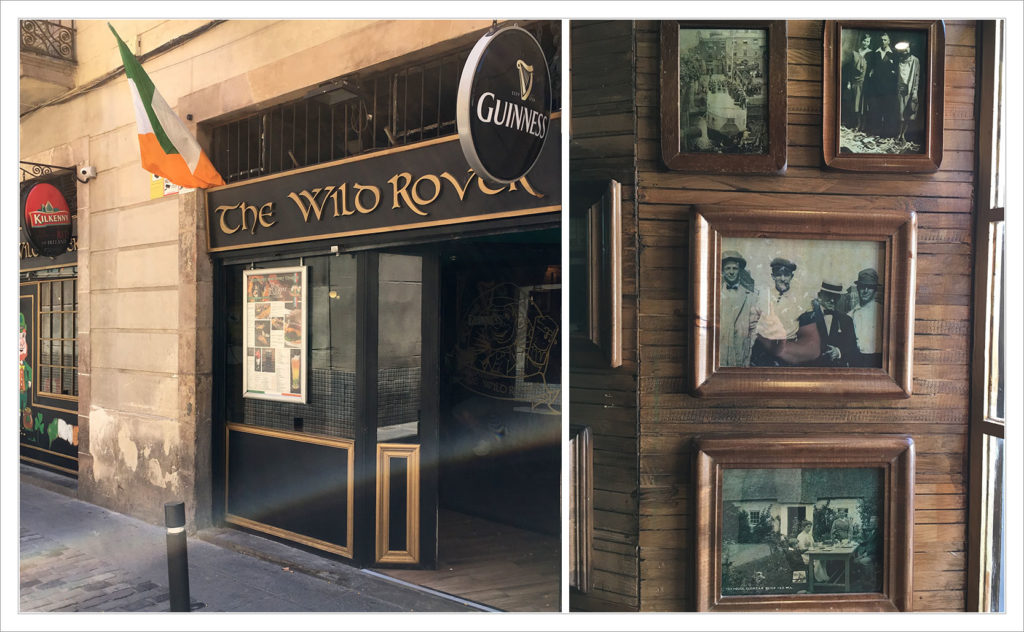the Guinness Widget
The plastic device that, when the can is opened and the pressure drops, helps your canned Guinness taste more like draft Guinness.
Inside a can of Guinness is a plastic object, a “widget”. It’s more noticeable after the can is empty and it rattles around. The “smoothifier”, as called by Guinness, is a ping pong sized plastic ball added to cans to better replicate a beer poured from the tap in a bar.
During the canning process an empty widget is placed inside the can, followed by Guinness beer, and a small amount of liquid nitrogen. Contrary to some sources, the widget is not filled with nitrogen. Rather, because of two small holes it becomes filled with a mix of beer & nitrogen just like the rest of the can. Once the can is sealed the can and the widget are now under greater pressure than the environment outside the can.
When you crack open a Guinness the pressure drops. To balance the pressure the nitrogen rushes to escape the can and the widget. In so doing the widget spins like an agitator, mixing the beer & nitrogen, and as you pour the can into a glass it creates a creamy head of foam like that which you get from a Guinness poured in a bar.
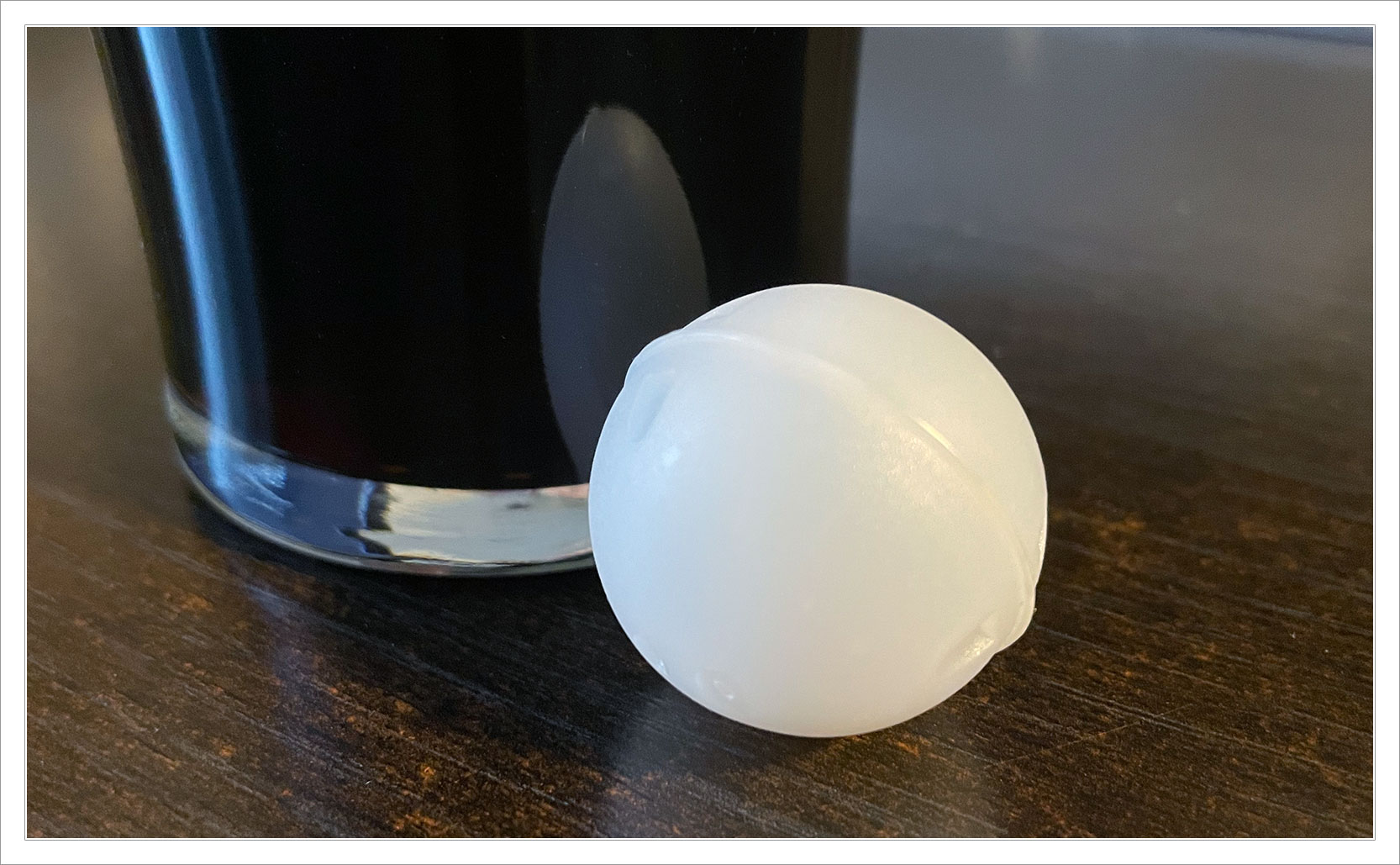
Why Nitrogen?
Most beers have carbon dioxide added to enhance the flavor, aroma, and to create a bubbly fizzy texture. Nitrogen however creates smaller bubbles which is what gives Guinness a creamier/silkier feel. While Guinness was the first brewery to use nitrogen they are no longer the only one. Today other brands also add nitrogen as well as use their own styles of widgets.
Nitrogen (mixed with a small amount of carbon dioxide) was introduced to Guinness in 1959 by mathematician and brewer Michael Ash. This nitrogen mix creates the “surge and settle” effect you see when properly pouring a Guinness. Ash wanted to create a way for bartenders of any skill level to properly pour a pint of Guinness. Adding nitrogen was an important part of his “Easy Serve System” – a two-part pouring system we still see today. He also co-designed a two-part keg that contained both the beer and the nitrogen mix, nicknamed the “Ash Can”.
In 2021, as part of never ending nitrogen nitpicking, Guinness introduced the Nitrosurge. A USB charged device the Nitrosurge is a portable tap you attach to the top of special Nitrosurge cans of Guinness that helps you get even closer to replicating a pint from a bar.
Added info: there used to be a “rocket” widget in bottled Guinness, but it was removed after bottled Guinness was reformulated to be drunk directly from the bottle (eliminating the need to create the iconic creamy head of beer).


